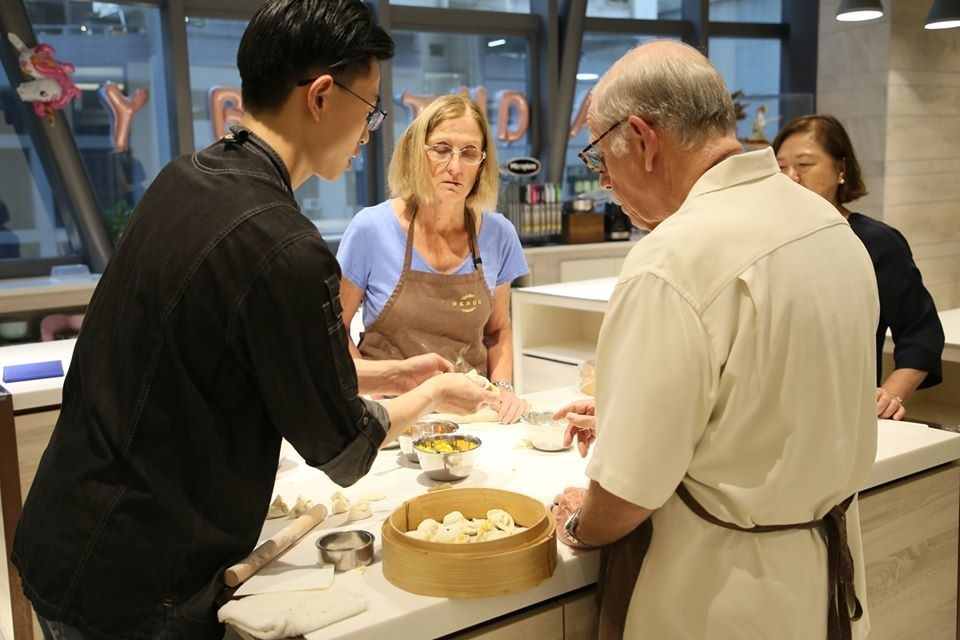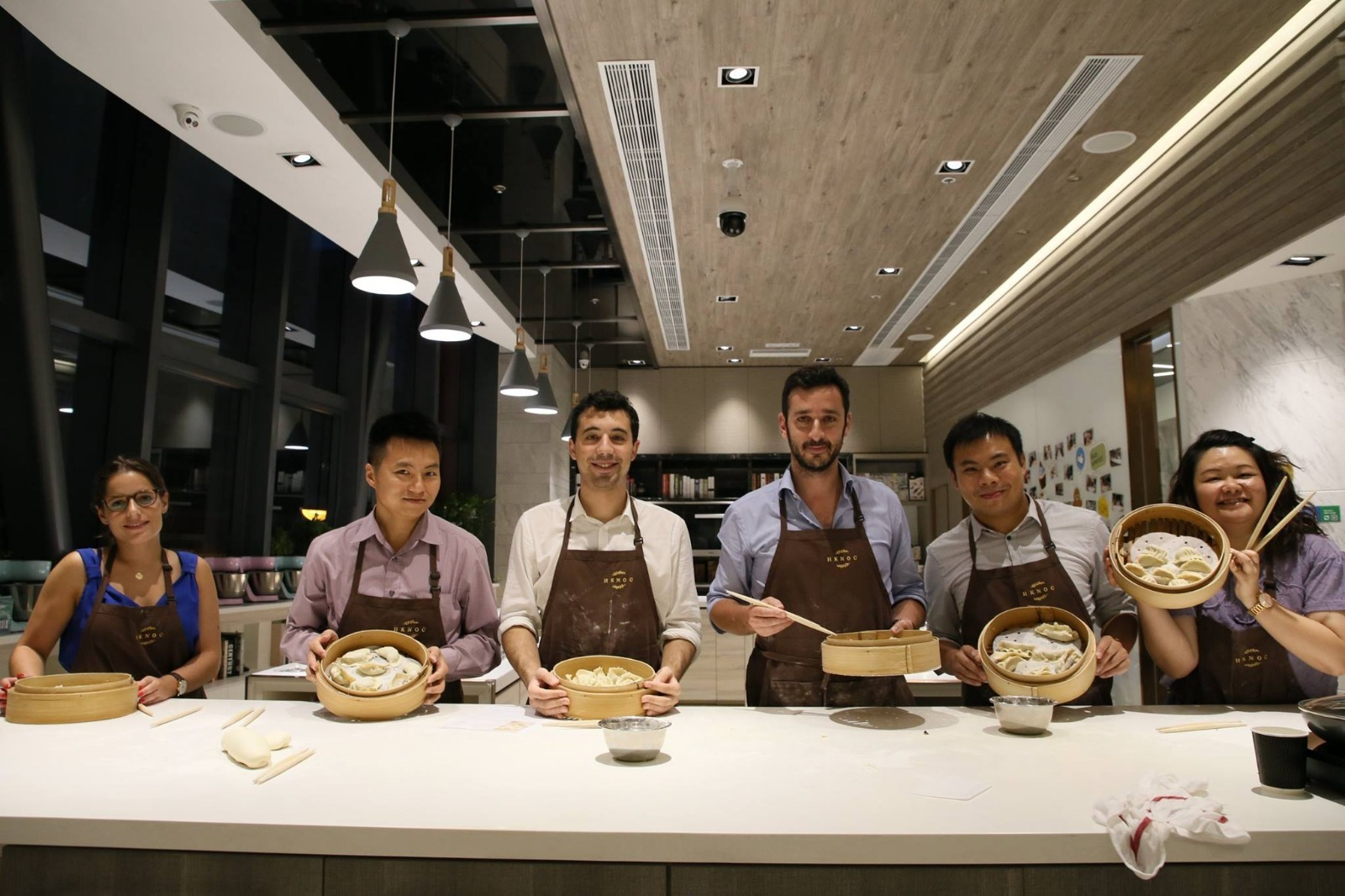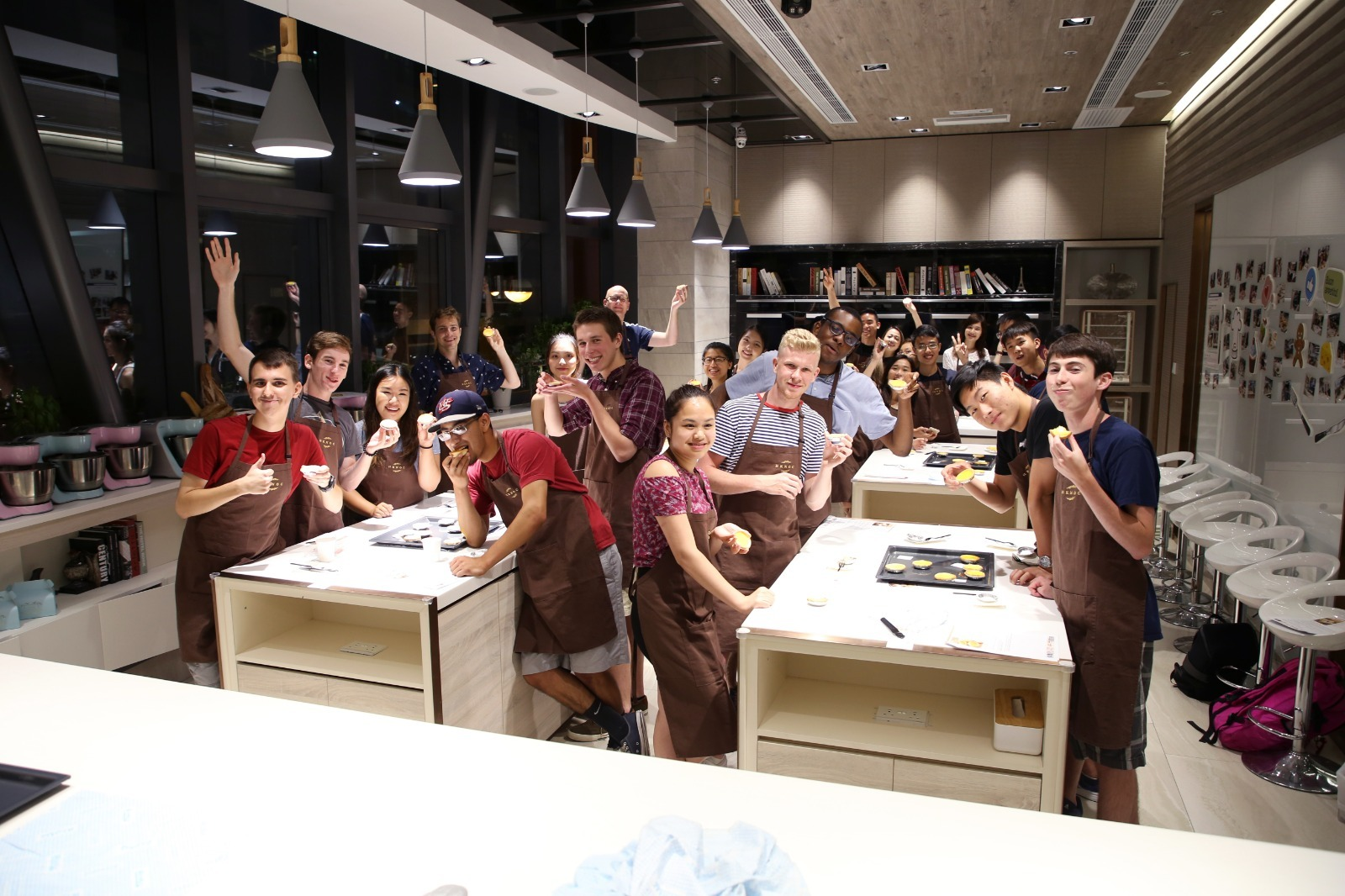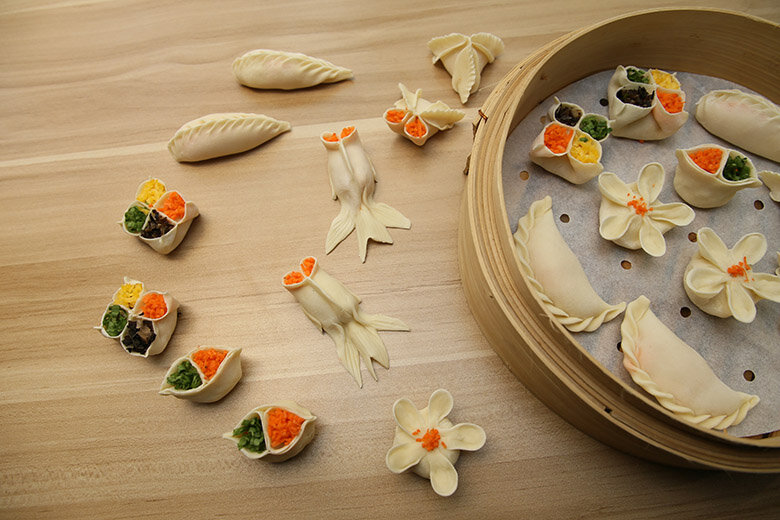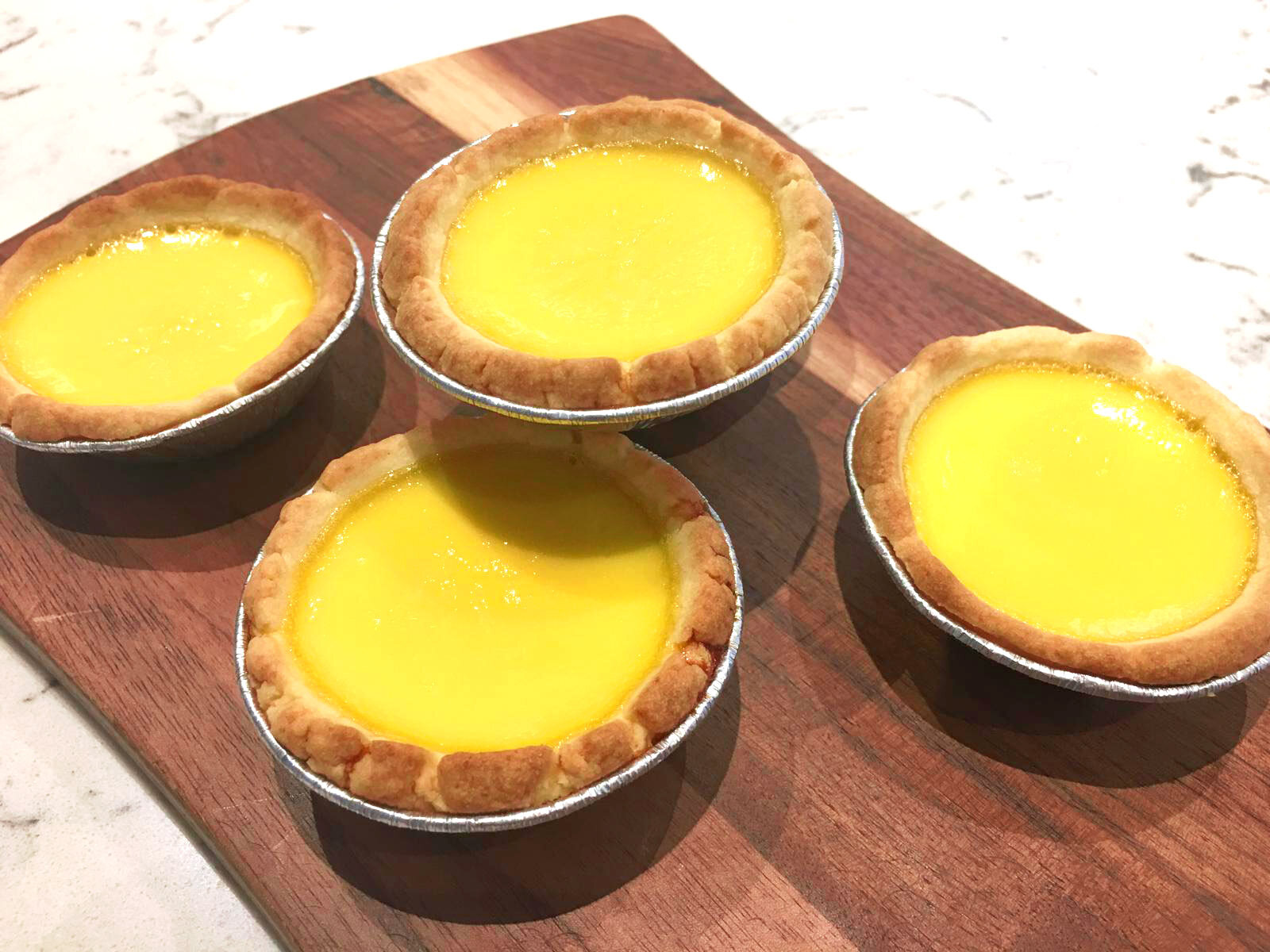Temple Street Night Market is a bustling, cacophonous bazaar dotted with restaurants, performers and street vendors. It is one of the best places to experience the most colorful side of local culture, and the best time to visit is at night. You’ll find everything from tea wares and traditional crafts to novelty t-shirts and the latest tech accessories, but be sure to visit several different stalls so you can compare prices and haggle for the best deal.
While you’re in the area, be sure to check out the following:
Dai Pai Dong restaurants, for some local favourite dishes such as claypot rice. One of the good ones is on Woo Sung Street running parallel to the east of Temple St, or to the stretch of Temple St north of the temple.
Fortunetellers and tarot card readers, to unveil what the future has in store for you.
Look out for Cantonese Opera singers.
Yau Ma Tei Wholesale Fruit Market and get on hands on your favourite fruits. They also do a retail sale.
Photo credit: Airpaz Blog
How to get there:
Jordan MTR station exit C2 and walk along Bowring St, or exit C from the Yau Ma Tei MTR station and follow Man Ming Lane.











